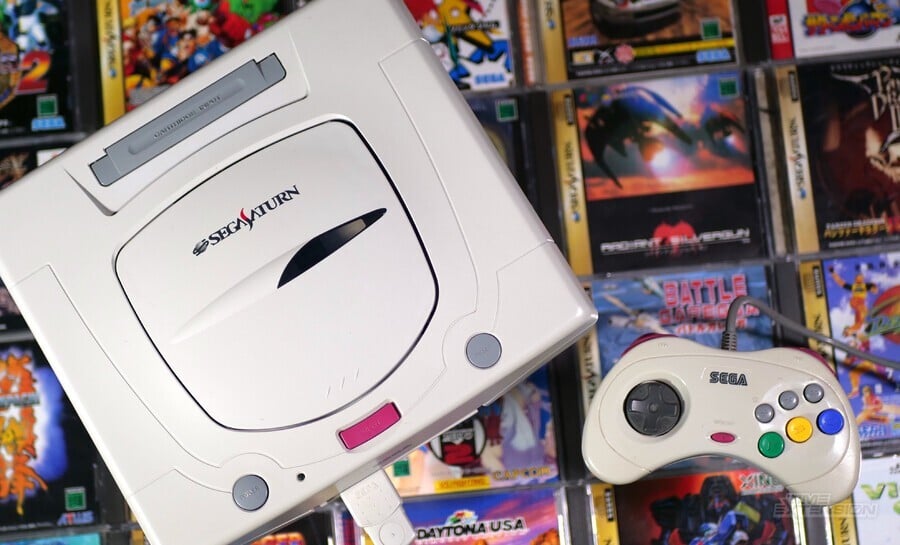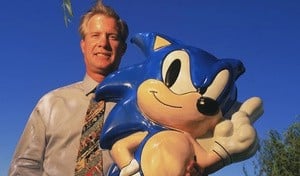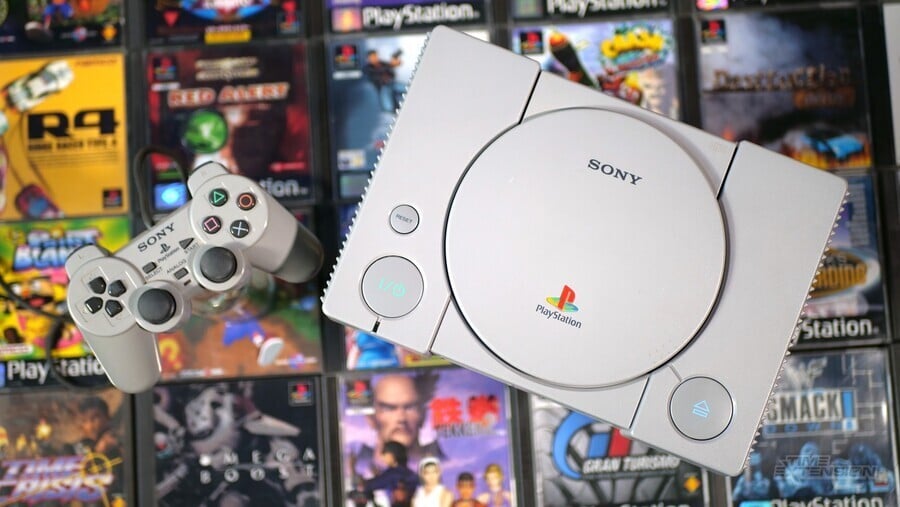
A freshly-leaked document has revealed the fraught nature of Sega's 32-bit battle with Sony's PlayStation (thanks, John Harrison).
Sega's 1997 'Brand Review' document from January 1996 runs for more than 270 pages, and includes release lists, strategy discussions and emails relating to the Japanese giant's struggle to fight back against the PlayStation – which, as part of the document notes, was outselling its Saturn console 7-to-1.
Early on in the document, an internal email from Sega of America president Tom Kalinske laments the fact that, in Japan, Saturn was selling briskly. "We are killing Sony," he says. "I wish I could get all our staff, salespeople, retailers, analysts, media, etc., to see and understand what's happening in Japan; they would then understand why we will win here in the U.S. eventually."
Such positivity was admirable, but even Kalinske himself might not have believed it at the time. He left the company on July 15th, 1996, a few months after the brand review document had been circulated within the company.
The document paints a fairly grim picture for Saturn. "Need to significantly improve 3rd Party support to achieve parity with Sony, Sony 3rd Party library significantly stronger than Saturn," reads one section. "Significantly reduced marketing budget (down 40%) will make it difficult to compete against Sony’s continued heavy support, and Nintendo's expected strong launch," is written on the same page, listed under 'issues'. The lack of third-party support is mentioned later we well. "Crystal Dynamics and EA may stop future Saturn development," it is noted.

Two third-party titles get a notable mention in the document – Psygnosis' Destruction Derby and WipEout, both of which were key Sony exclusives when the PlayStation launched in the West in 1995. While Psygnosis was a Sony-owned studio, it was still supporting rival systems (WipEout would also come to the N64). However, the document notes that the Saturn versions of both titles had "graphics inferior to PSX versions," and highlighted the need to "move away from 'straight PSX port' process" and "tune to exploit Saturn strengths" by working more closely with Psygnosis.
With the arrival of the Nintendo 64 just around the corner, Sega of America's managers were clearly mindful of the possibility that it could find itself in last place. "Given a $50 H/W price differential, PlayStation could once again outsell Saturn 7:1. With the launch of U64 [Ultra 64, N64's early name] in April/May at $249, Sega Saturn could become the #3 system."
Another portion of the document breaks down how Sony managed to beat Saturn in the US market. "Sony is generally perceived to be cheaper," it reads. "Sony's product (software) looks better than ours. This is driven by our lack of delivering a product that appears to consumers to be better and advertising that focuses on this dimension. PlayStations are better merchandised than Saturn, resulting in more exposure and sampling."
There's an element of grappling with Sega's recent past, as well – and its notable hardware failures. "Sega equity has been damaged by 32X and Sega CD," the document reads – an acknowledgement that the two add-on devices had been commercial duds. "Since PlayStation is newer, some consumers feel that it is technically superior," it continues. "Sony has effectively leveraged their considerable equity from consumer electronics."
Sports titles had been a key battleground for Sega in the 16-bit war, but by the time the Saturn rolled around, it was clear that the company was being out-matched by Sony. The document highlights the fact that Sega has "no centralized sports development group" and was suffering from an "inability to time product releases with sports season starts due to uncompetitive product quality (NHL Hockey & NBA Action)."

Sega's upcoming sports titles are mentioned, including one with the codename "Microprose" NFL, which was apparently six months late and "very low quality" – so bad, in fact, that it was felt that it would "damage Sega and Sega sports if released." The only option, according to the document, was to "kill title or sell to Third Party".
Sega's other platforms of the period – Genesis and Pico (don't laugh) – also get a mention. The dire state of Sega's reduced marketing budget is laid bare when Kalinske asks why more isn't being done in terms of promotional spend to position the Sega Nomad (a portable Genesis) as a rival to the Game Boy. Sega's Len Ciciretto replies: "Tom, you're going to hear this a lot this year, so you need to realize. When we cut every corner, there isn't much left."
Of particular note is a section later in the document which outlines Sega's plans to turn things around in North America. Ironically, one of those steps was to ignore what the Saturn was really good at – moving 2D sprites – and focus on 3D games instead.
"Utilize polygons instead of sprites, to deliver 3-D environments for virtually all titles, (unless technically inappropriate)," it says, before adding that Sega should "develop at least 1-2 'breakthrough' games that leverage Saturn technology which PlayStation can not duplicate". The document also mentions Saturn's modem add-on, and outlines that Sega must release "at least 6 to 8 games that have internet compatibility."
It's hardly a spoiler to mention at this point that Sega wouldn't be able to turn things around with Saturn; it would go on to sell 9.26 million units worldwide compared to PlayStation's 102.49 million and N64's 32.93 million, putting it firmly in third place. However, it remains a firm favourite with Sega fans, especially those wise enough to import a Japanese console to play some of the best arcade ports of the period.





